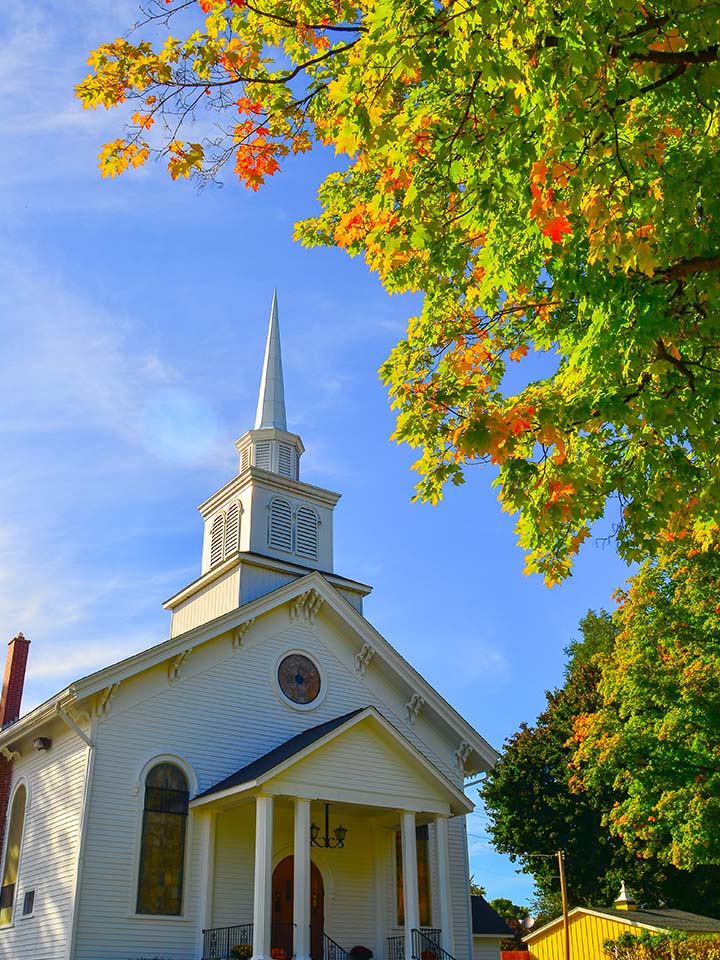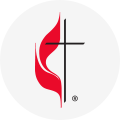
For Churches
The disaffiliation process for the North Carolina Conference is now closed. Paragraph 2553 expired on December 31, 2023. If you have any questions, please contact your district superintendent.
For Clergy
Information regarding the clergy withdrawal process is available on the Clergy Life website.
